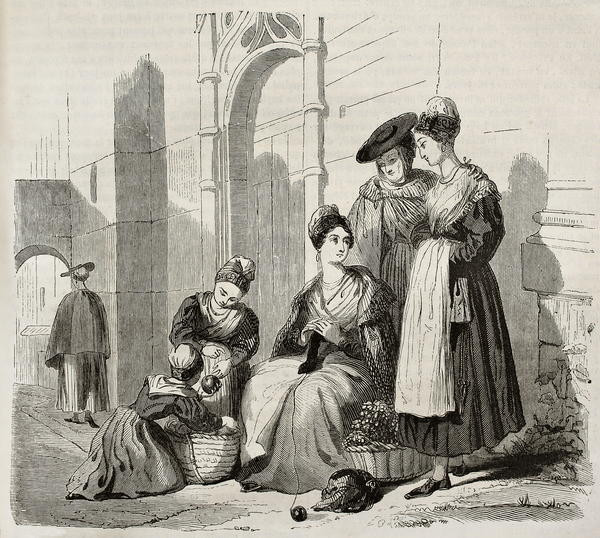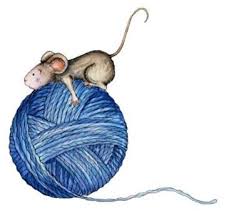Crochet History
Hello, my dear friends!
Today, I want to share some information from history of crochet.
Hope, that you'll find it interesting.
FIT FOR A QUEEN
Having been invented as a method for producing a cheap substitute for traditional lace, crochet struggled to shake off its reputation as an inferior craft. However, that changed when Queen Victoria gave it the royal seal of approval by buying crocheted lace made by Irish women who were struggling to make a living after the potato famine – Queen Vic herself even learned to crochet, making eight crocheted scarves for veterans of the South African War - and by the end of her reign, much of England was hooked.
Interesting fact: the word “crochet” comes from French work “croche” meaning “hook”.
1920S AND 30S
The twenties and thirties saw crochet make the move from a decorative embellishment to a method for producing entire garments. This classic cloche hat and stunning evening gown both echo popular designs of the era.
Interesting fact: the longest crochet chain measure 130 km (80,78 miles) and was created by Anne Vanier-Drussel of France.
1940S AND WARTIME
Crochet became part of the wartime effort in both Britain and the US – women on the home front could contribute to the war effort by hooking up items for the troops. In the spirit of austerity, crochet was also a great way of jazzing up existing outfits, in keeping with the ‘make do and mend’ attitude of the time.
Interesting fact: the fastest crocheter is Lisa Gentry, the USA, who crocheted a total of 5, 113 stitches in 30 minutes.
1950S
After the war, things were back on track – crochet evolved with the fashions of the day as you can see from these classic fifties shapes -including the ever-so chic wedding dress on the left.
Interesting fact: unlike most mass-produced modern knitwear, which is produced on machines, crochet remains a hand-craft.
1960S AND 70S
The sixties was the decade where the crochet boom really began. Alongside the swinging fashions of the age, there was a huge trend for crocheted homeware.
The ‘granny square’ also came into vogue. A simple design, this could be used to make a huge variety of clothes and accessories. There really was something for everyone – even Clint Eastwood got in on the trend.
Interesting fact: the largest crochet blanket in the world was made as part of Mandela Day Celebrations in 2015 – it was a whopping 3,133 square metres.
CROCHET TODAY
It’s never really gone away, but today crochet is having a bit of a renaissance. From Dior to Dolce & Gabbana, it’s a regular feature on the catwalk – recognise that granny square? – and this season it’s all over the high-street.



Thank you so much for answering my questions about Crochet history! I found it very interesting and I can share what I've learned to others.
Interesting. Thanks for sharing.
Very interesting! Enjoyed this.😊
Pleased to be useful for you!
Thank thank you for the amusing history. If you hadn't wrote it here I'd never known about it. But I do crochet I've been crochet and since I was 13 and I'm 74 now. I never knew they crocheted for the war and to help you know people in this way thank you very much for the story I enjoyed it